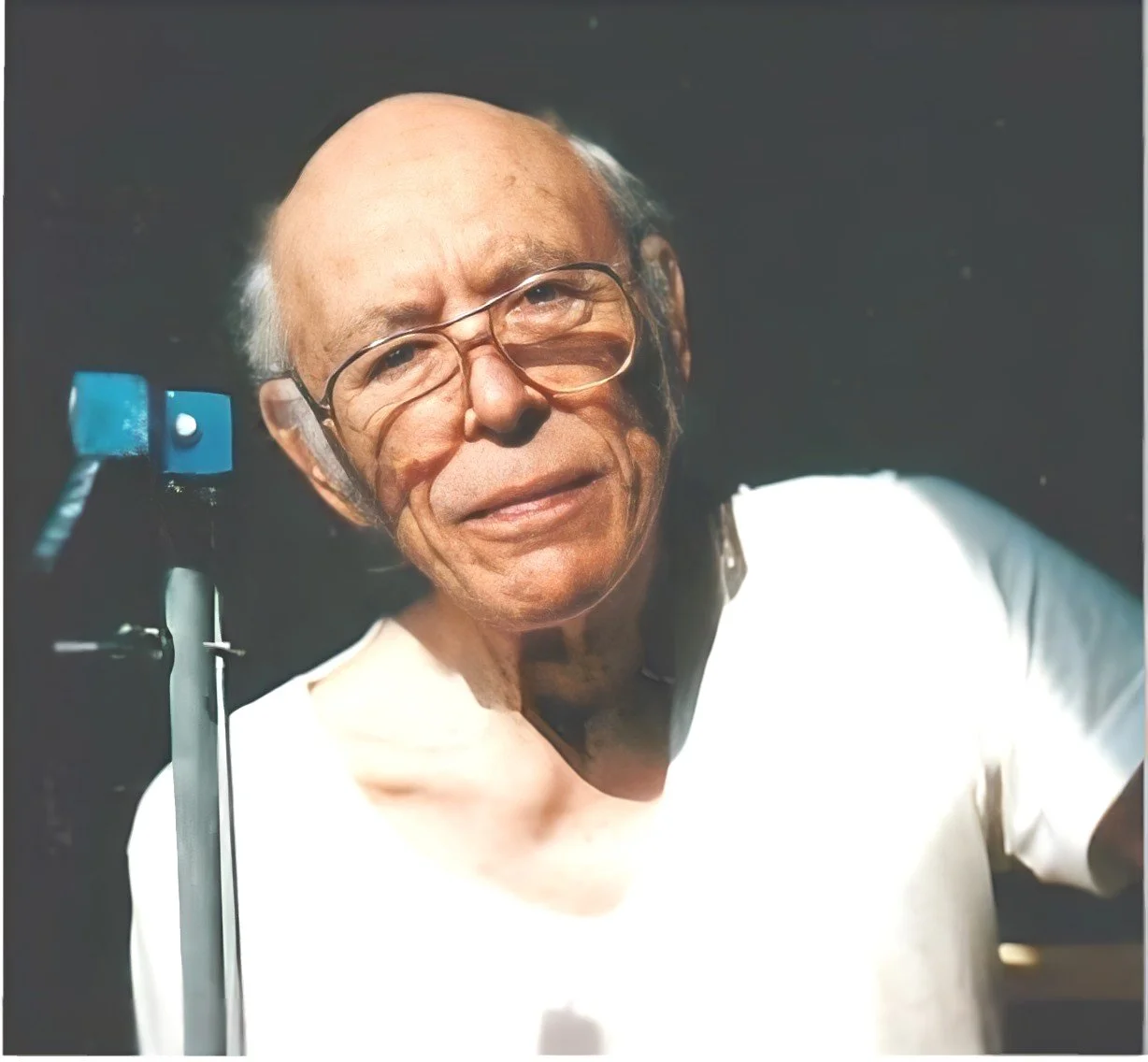Menahem Lewin
Menahem Lewin was born in Rishon Letzion which at the time was Palestine, now Israel. His family immigrated when he was five years old to the United States, settling in Brooklyn. He attended the Cooper Union School of Art and later served in WWII. In addition he studied at the Ozenfant School of Art and the Brooklyn Museum School of Art and taught art at New York Technical College, part of the CUNY system. He married a fellow artist and had two sons.
As a young artist, Lewin wrote his credo for the artist: "The artist works in the privacy of conscience, in the prison of his loneliness, in the hell of his fears and desire, in the humility of his uncertainties, within the conflict between the condition of his society and the intangibles of primeval forces, in the bitterness of his frustration and the suffering of his ignorance...He is not an optimist but knows his creative moments are the few times that he, as Everyman, can truly consider himself free..."
One of his teachers, Sidney Delevante wrote, "Some may find a Lewin painting difficult to live with, some less difficult to live with one or two or more, but there will be a few who may find it much more difficult to live without even one." Some may find his work is reminiscent of the social realism of the 1930s, as well as German Expressionism of the 1020s, however, he was said to use whatever style: representative, abstract, surrealism, or impressionism to express his experience. He was not an artist drawn to the current movements to become commercial. He believed he had something to say and believed one day his "everyman" would recognize this. Lewin painted in his attic studio in Brooklyn and later in his Catskills home.
He left over 800 paintings, plus other pieces of artwork and poetry. A great many of them are large canvases and are in storage in Newburgh, NY.
He had several shows both in NYC and later in the Catskills. Nothing could prevent Lewin from creating art, even when he suffered a stroke, causing cognitive decline and his sight diminished, he was always drawing, storing his sketches in the seat of his walker. Lewin spent his long lifetime creating art.
To Lewin, it wasn't a choice. Some use their talent to create artwork that pleases others, they can put down their brush easily at the end of "work", Lewin used his enormous talent not to please anyone, not even himself, but to communicate the human condition on his canvases. These are important works that should be seen.


























